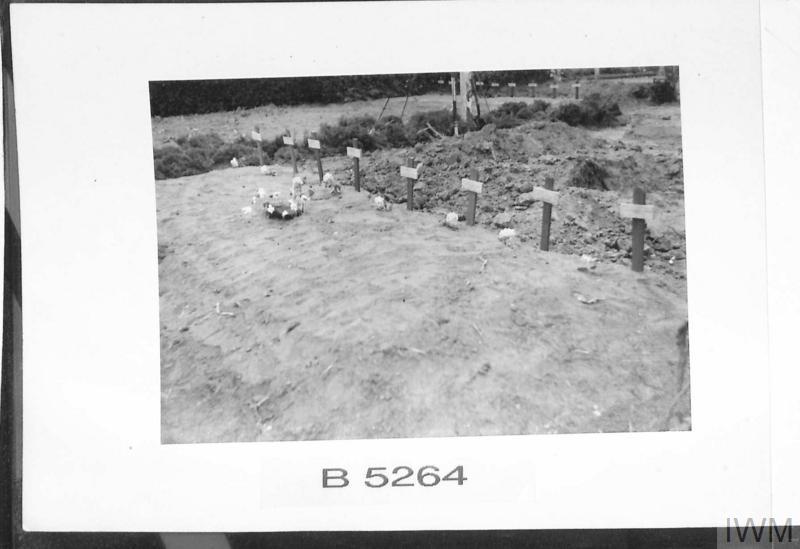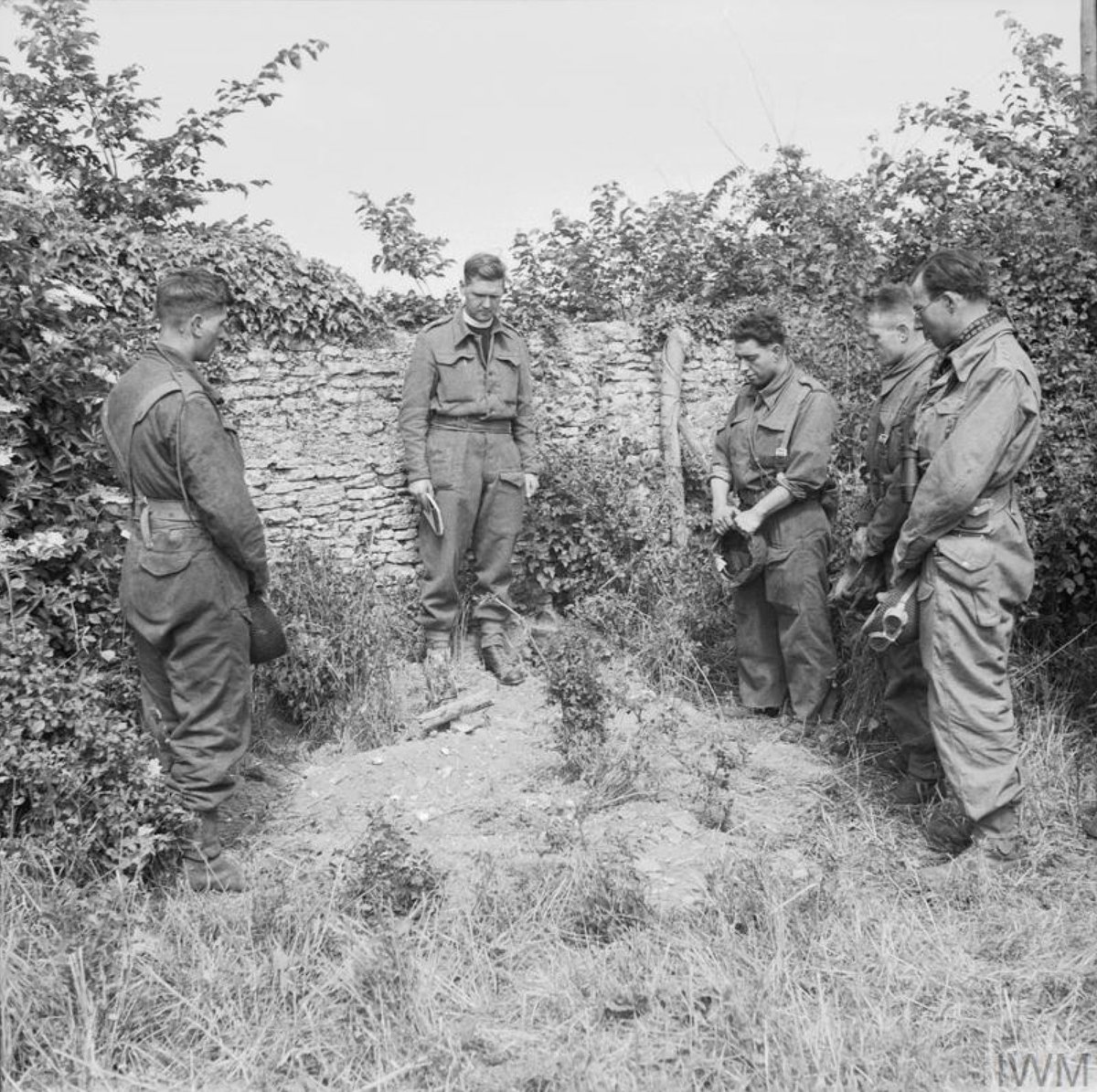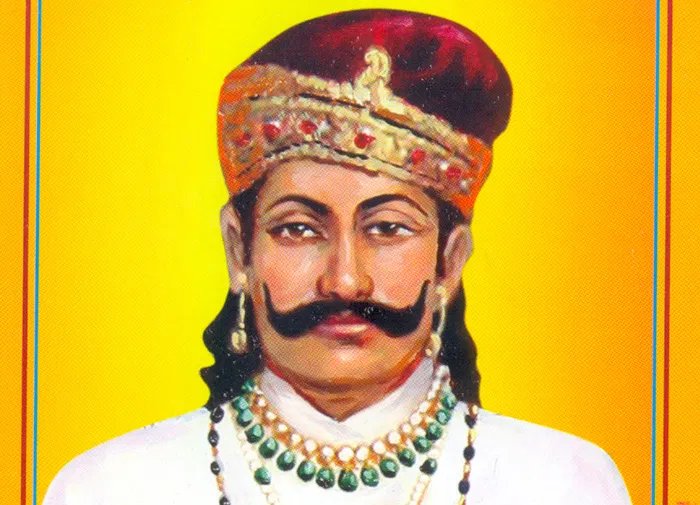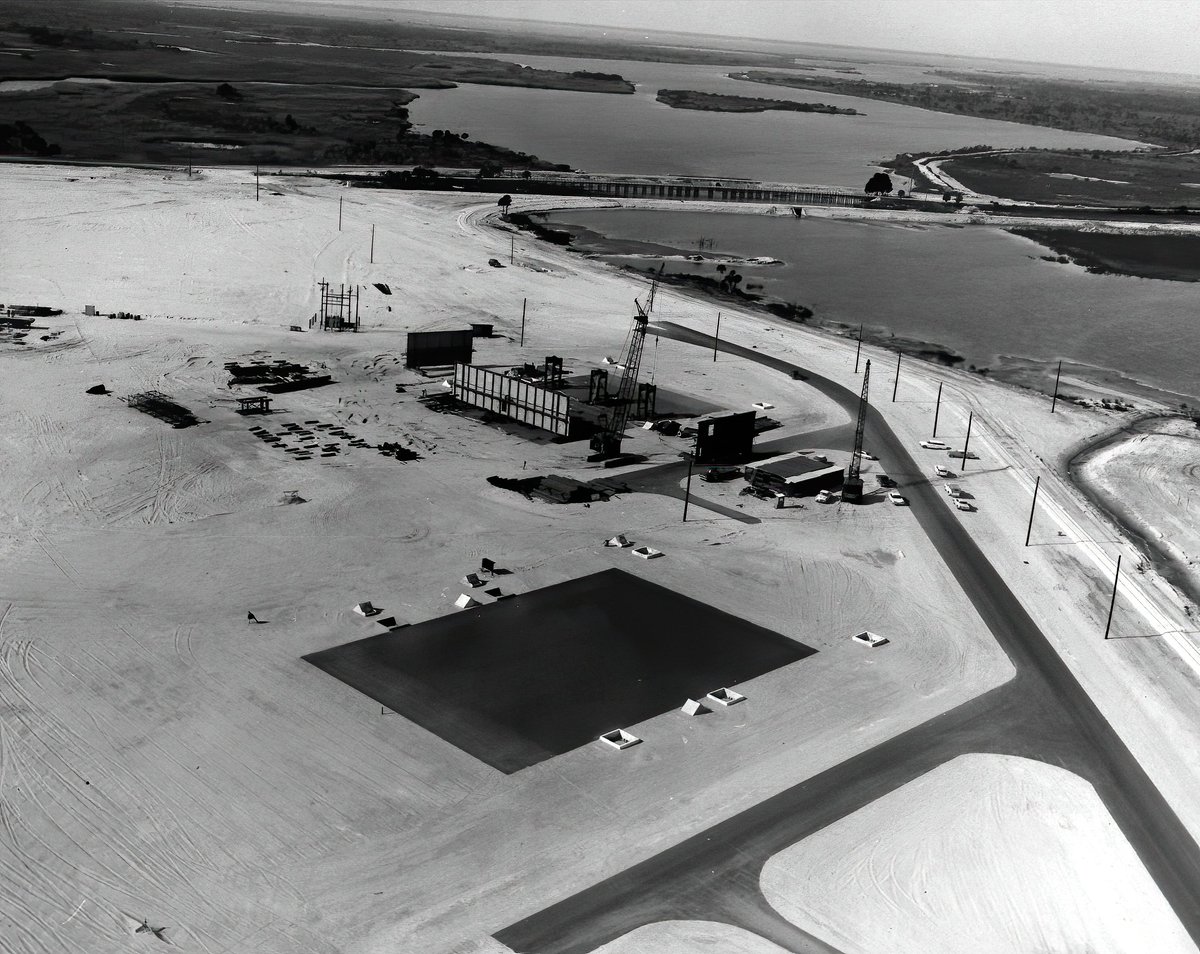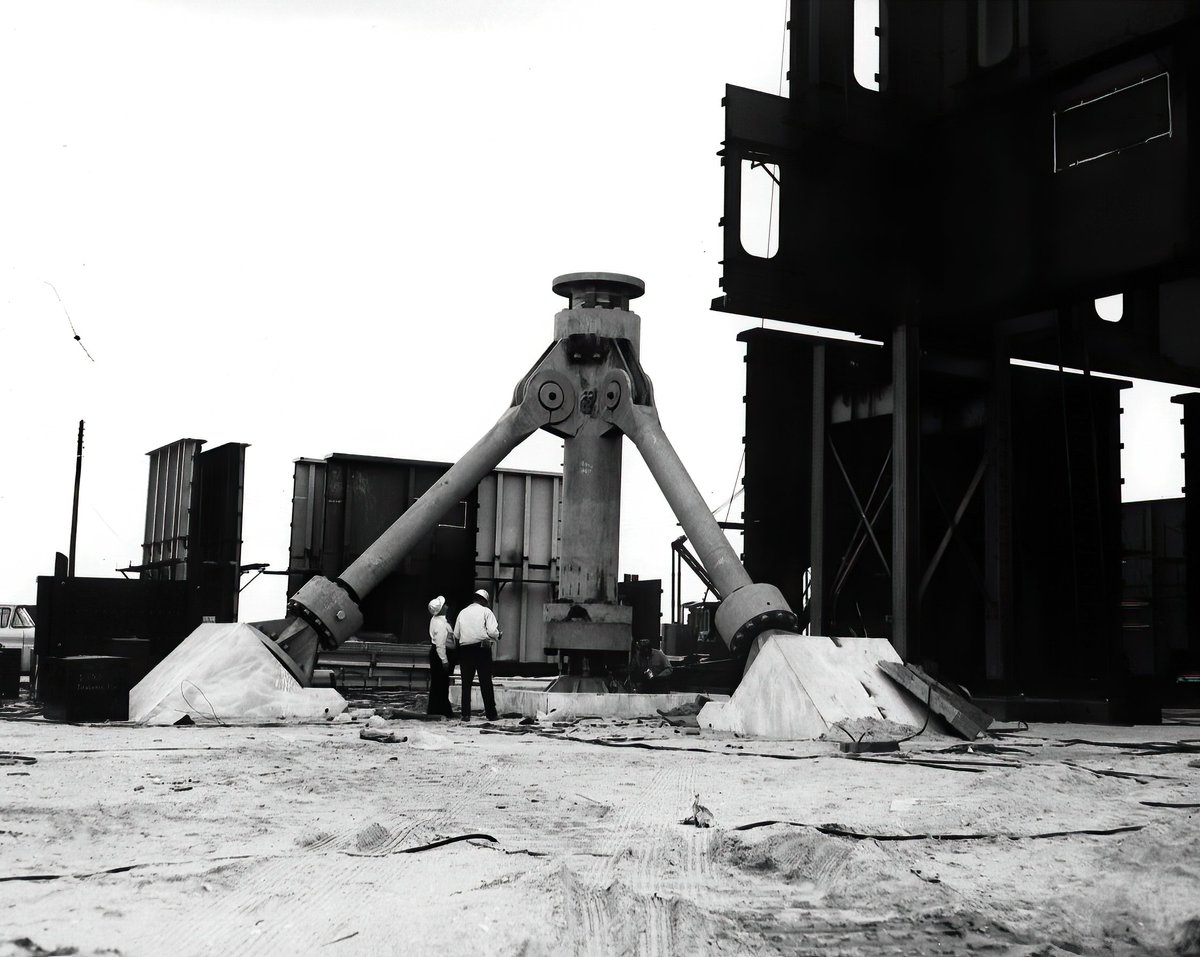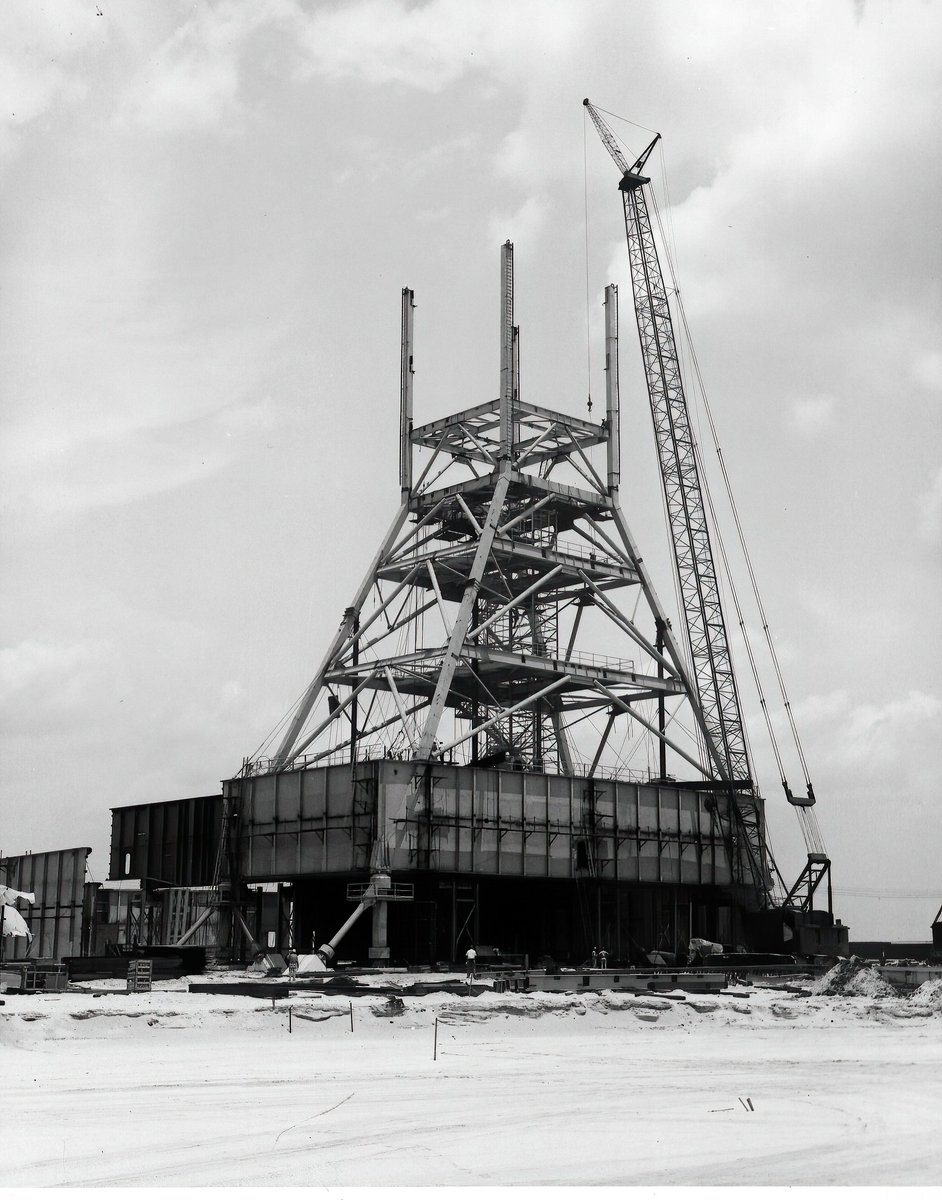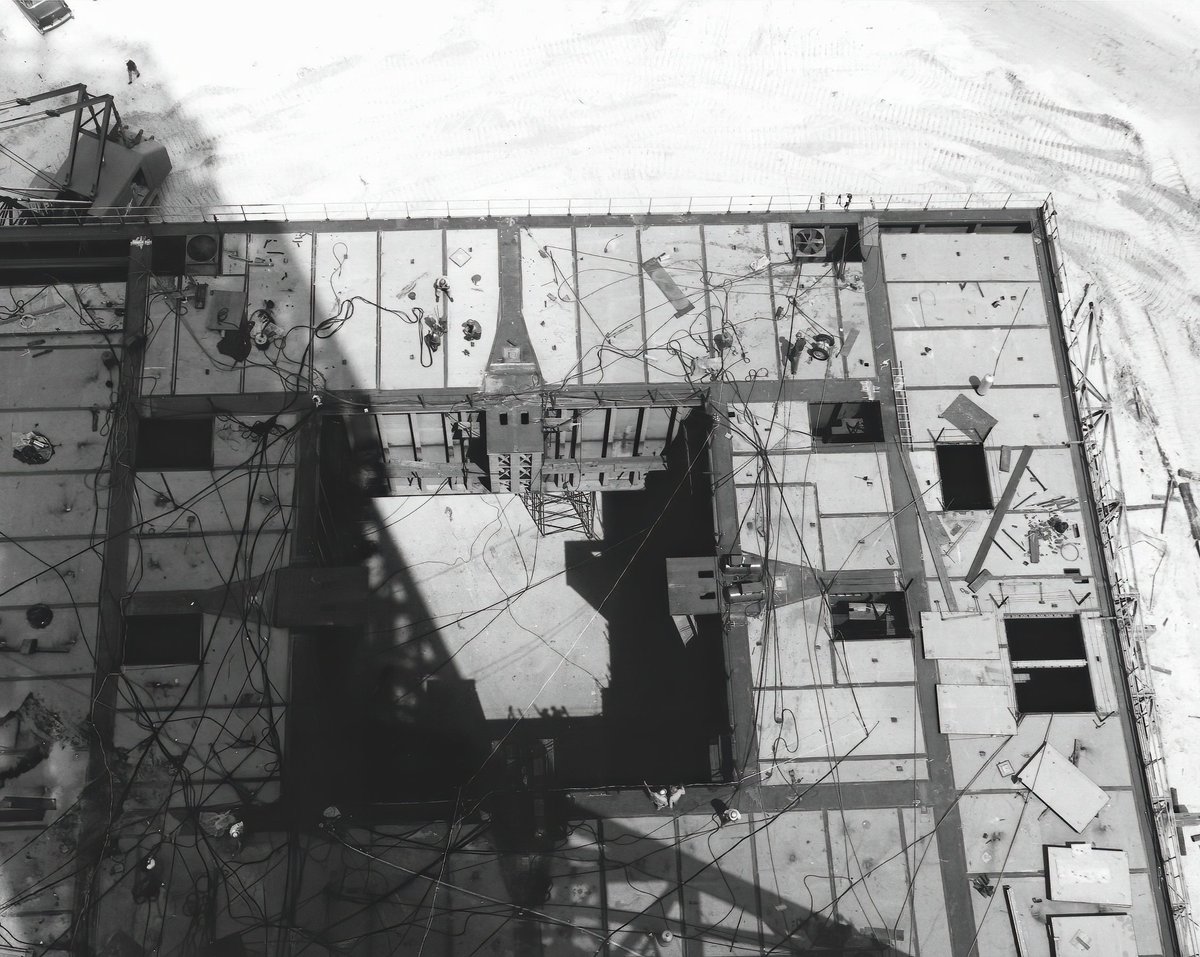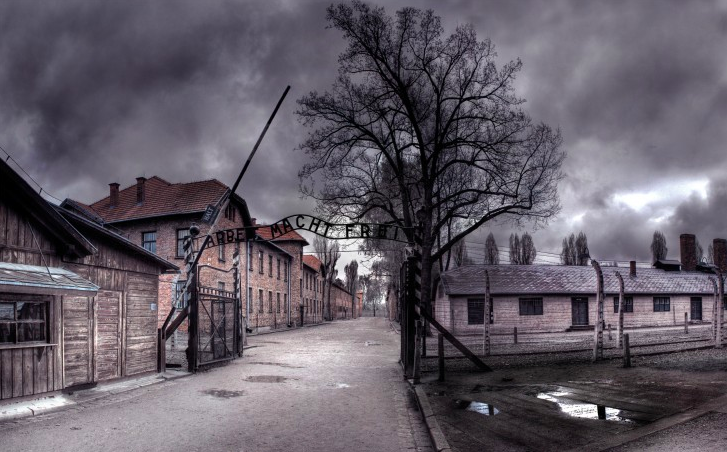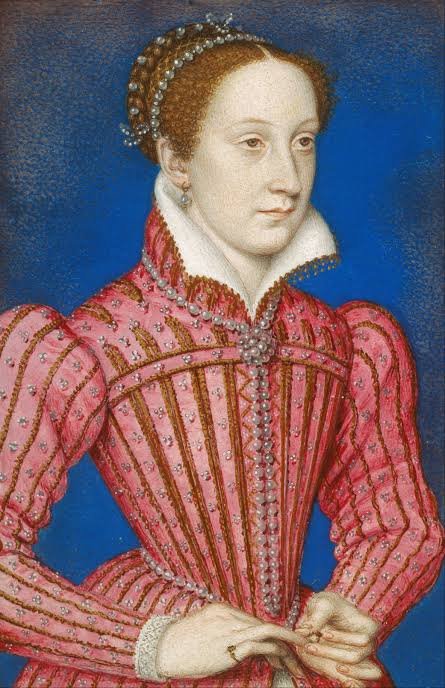Alex1Powell Categories History
7 days
30 days
All time
Recent
Popular
Our story begins with Patrick Miller of Dalswinton. He was born in Glasgow, the third son of minor gentry; William Miller of Glenlee (not Sir William, baronet), a Writer to the Signet, and Janet Hamilton (pic National Galleries of Scotland) https://t.co/dEA1dBpWRk

Patrick attended the University of Glasgow, where he decided (or it was decided for him) to take up banking as a profession. By the age of 29 he was a partner in the firm of William Ramsay of Barnton (independently wealthy from money his father made in the Canongate inns trade)

Ramsay was also a merchant, and Patrick spent much time looking after the shipping business of the firm. He is said to have learned first hand the perils of the sea, sparking an insatiable interest in naval architecture.
By the age of 36, Patrick was elected to the Court of the Bank of Scotland, where he was a reformer and a pioneer - instituting the practice of accepting the promisory notes of competitor banks. Both he and the bank prospered. (pic NGS)

Miller invested his wealth wisely in the furnaces of the Scottish industrial revolution and became one of the largest shareholders in the Carron Iron Company, one of the largest iron works in Europe.


I have come across the *best* story. It has everything. Leith, a crackpot millionaire, fantastical paddle-powered Georgian warships, war in the Baltic, and the introduction of neeps to Scotland!
— Andy Arthur (@cocteautriplets) December 20, 2020
Patrick attended the University of Glasgow, where he decided (or it was decided for him) to take up banking as a profession. By the age of 29 he was a partner in the firm of William Ramsay of Barnton (independently wealthy from money his father made in the Canongate inns trade)

Ramsay was also a merchant, and Patrick spent much time looking after the shipping business of the firm. He is said to have learned first hand the perils of the sea, sparking an insatiable interest in naval architecture.
By the age of 36, Patrick was elected to the Court of the Bank of Scotland, where he was a reformer and a pioneer - instituting the practice of accepting the promisory notes of competitor banks. Both he and the bank prospered. (pic NGS)

Miller invested his wealth wisely in the furnaces of the Scottish industrial revolution and became one of the largest shareholders in the Carron Iron Company, one of the largest iron works in Europe.

Thread: William Leech (1881-1968) was an Irish painter. He was a Post Impressionist who painted light & colour. Unknown outside of Ireland his pictures are a delight for the eye.
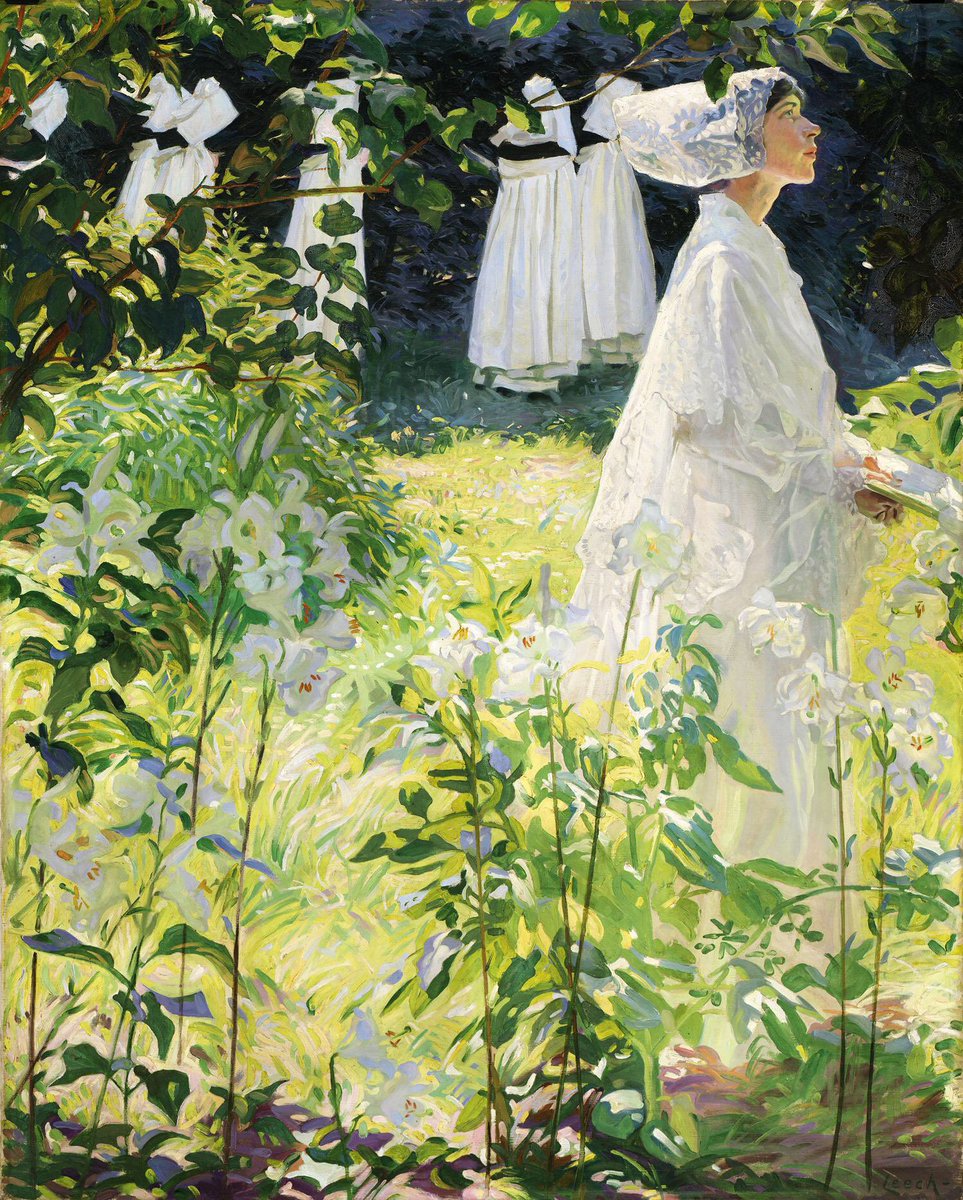
Born in Dublin into a professional Unionist family he went to the Metropolitan School & then the RHA Art School where he had the good luck to study under Walter Osborne. He left for France in 1901. (Images by Osborne)

Today is the final day for Christmas deliveries for the Republic of Ireland. Please order ASAP so I have time to have them shipped. Thanks!
He spent time in France & was open to influences. Later Matisse & Derain were his lodestars. He was at the Académie Julian (the main studio for foreigners in Paris). He went on to Brittany (1903). Paris (1901), Beach, Dublin (c1906) & Concarneau (c1903) & Blue Nets (c1903)
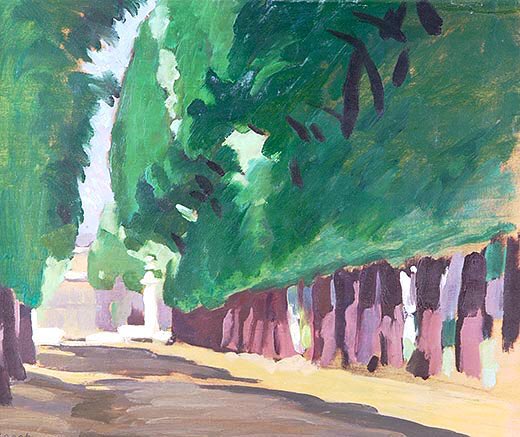
Leech was back in Dublin in 1903. He tried as a society portrait painter but there was not the demand there. He was noted for his small plein air landscapes. He left for London (1910-14). Caves, Concarneau (c1910-3), Howth (c1909) & Playing by the Shore (c1910s) & Seascape (nd)
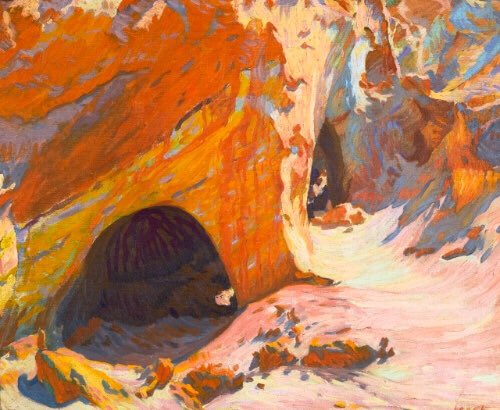

Born in Dublin into a professional Unionist family he went to the Metropolitan School & then the RHA Art School where he had the good luck to study under Walter Osborne. He left for France in 1901. (Images by Osborne)

Today is the final day for Christmas deliveries for the Republic of Ireland. Please order ASAP so I have time to have them shipped. Thanks!
Please Retweet
— Dr Robert Bohan Artist (@RobertBohan) December 21, 2020
Last day for Irish Republic Christmas Delivery
My ink drawings are about joy, hope, love & empathy. When you buy one you can choose a second free*.
Please order ASAP so I have time to pack & ship by 3PM today! pic.twitter.com/VB8ZtzNVPL
He spent time in France & was open to influences. Later Matisse & Derain were his lodestars. He was at the Académie Julian (the main studio for foreigners in Paris). He went on to Brittany (1903). Paris (1901), Beach, Dublin (c1906) & Concarneau (c1903) & Blue Nets (c1903)

Leech was back in Dublin in 1903. He tried as a society portrait painter but there was not the demand there. He was noted for his small plein air landscapes. He left for London (1910-14). Caves, Concarneau (c1910-3), Howth (c1909) & Playing by the Shore (c1910s) & Seascape (nd)

#Kanishka I was, the greatest, and certainly the most famous, of the #Kushan kings.
He is known, from the combined testimony of the literary, epigraphic, and numismatic sources, to have ruled over an extensive dominion extending from Bihar in the east to #Khorasan
@atalbrave https://t.co/o9dOqR8bDg
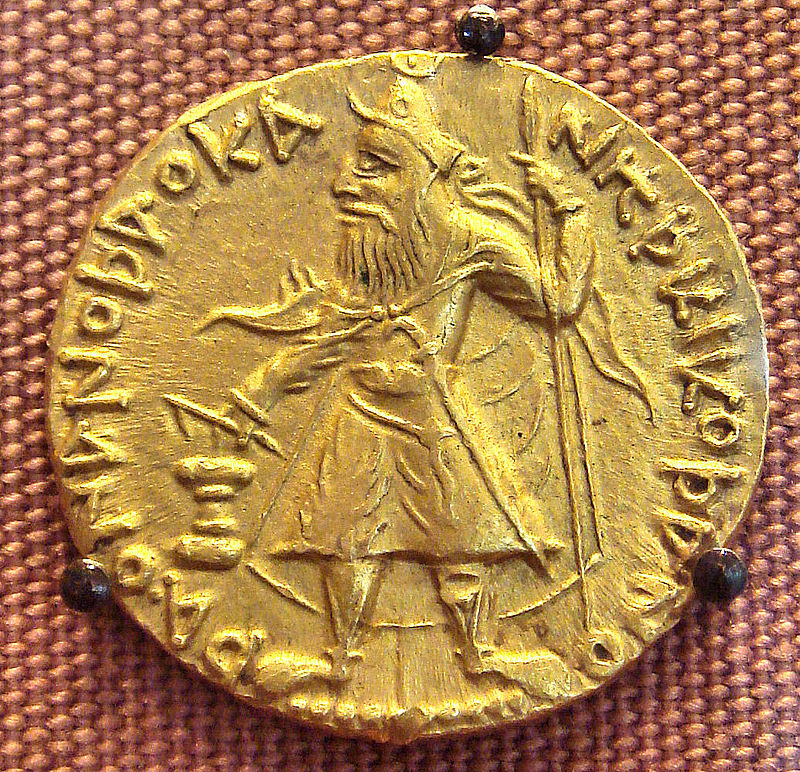
in the west, and from #Khotan in the north to, perhaps, #Konkan in the south.
The dates and findspots of some of the inscriptions of #Kanishka I are interesting:
#Kosam inscription dated year 2,
#Sarnath inscription dated year 3,
#Mathur¹ inscription dated year 4,
#Suivihar inscription dated year 11, and
#Manikiala inscription dated year 18.
#AFG
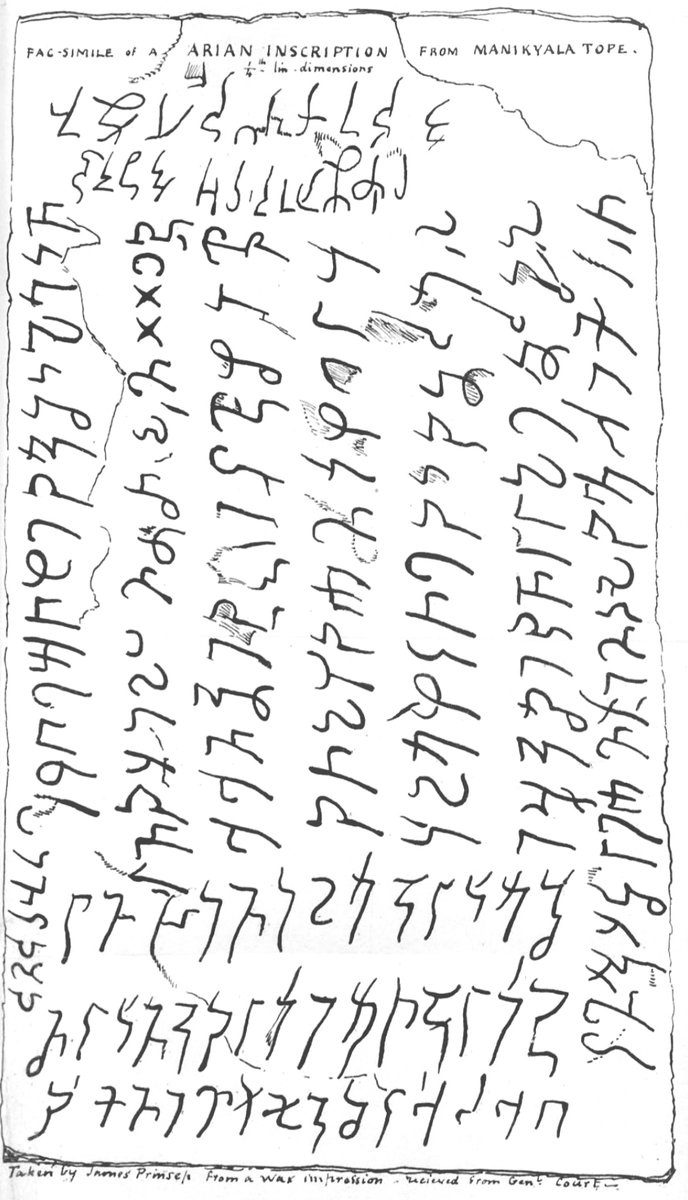
Kanishka I, belonged to the Little #Yüeh-chih branch settled in Tibet, entered #India through #Kashmir.
He carved out a principality for himself somewhere in #UttarPradesh, sometime after the death of V’ima #Kadphises.
He then extended his sway towards the west and the northwest.
However, the recently discovered #Rabatak inscription #SurkhKotal shows that he was, in fact, the son and successor of V’ima Kadphises.
Kanishka I attained several military successes in the east.

He is known, from the combined testimony of the literary, epigraphic, and numismatic sources, to have ruled over an extensive dominion extending from Bihar in the east to #Khorasan
@atalbrave https://t.co/o9dOqR8bDg

Now, #Kanishka, sometimes known as the great, the most celebrated of #Kushans, the founder of his own era, the great conqueror, the \u2018inventor\u2019 of #Bactrian writing. This will be a language & coin galore. #Afghanistan 1/ kr pic.twitter.com/Ji30OIIZiI
— Afghan Historians (@AfghanHistorian) August 10, 2019
in the west, and from #Khotan in the north to, perhaps, #Konkan in the south.
The dates and findspots of some of the inscriptions of #Kanishka I are interesting:
#Kosam inscription dated year 2,
#Sarnath inscription dated year 3,
#Mathur¹ inscription dated year 4,
#Suivihar inscription dated year 11, and
#Manikiala inscription dated year 18.
#AFG

Kanishka I, belonged to the Little #Yüeh-chih branch settled in Tibet, entered #India through #Kashmir.
He carved out a principality for himself somewhere in #UttarPradesh, sometime after the death of V’ima #Kadphises.
He then extended his sway towards the west and the northwest.
However, the recently discovered #Rabatak inscription #SurkhKotal shows that he was, in fact, the son and successor of V’ima Kadphises.
Kanishka I attained several military successes in the east.



